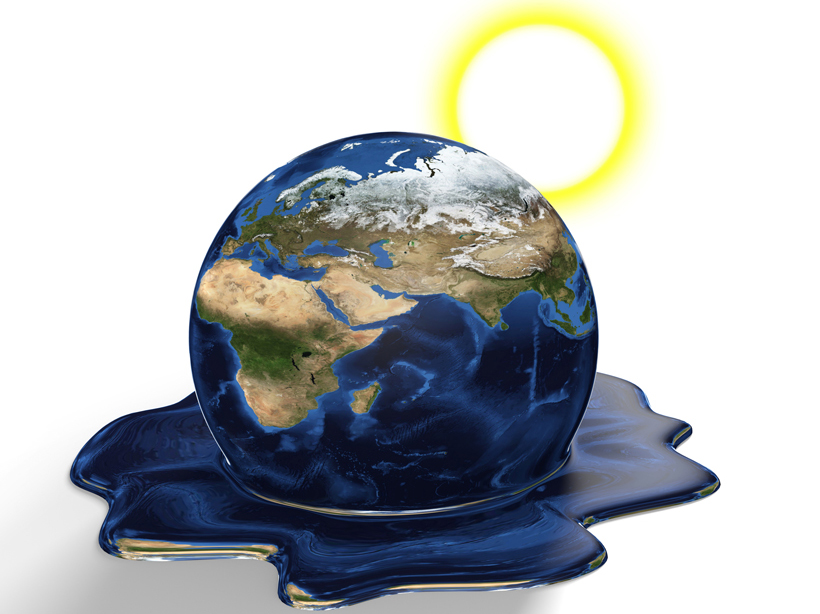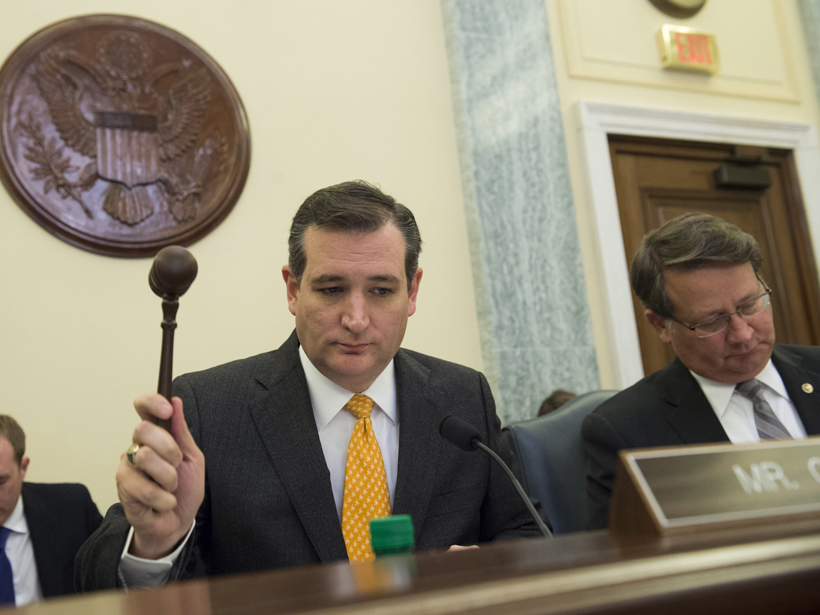Urban areas must take political and practical considerations into account as they prepare for the effects of climate change, say experts at AGU Fall Meeting.
Climate Change
Perspectives on COP21
Climate change is a well-defined, global problem that nations are finally acknowledging.
Greenhouse Gas Patterns Offer Promise, Puzzlement
Emissions growth of carbon dioxide has suddenly slowed, but atmospheric methane concentrations continue to soar after a long hiatus. Both trends have a bearing on climate pacts sought this week.
Ted Cruz Chairs Heated Senate Hearing on Climate Change
Republican-invited witnesses reject consensus view of climate change, charge bias in federal funding. Democratic senators decry attempt to stir controversy about well-established climate findings.
AGU Editor Suggestions for Navigating the Fall Meeting, Part II
AGU's journal editors provide suggestions and recommendations of sessions and talks of particular interest.
Ships Bring More Than Cargo to Arctic Waters
A probe of ballast water in ships at an Arctic port finds hitchhiking organisms that polar warming could allow to invade the region's ecosystems in less than 40 years.
High-Resolution Tools Advance Study of Paleoclimate Archives
HiRes2015: High Resolution Proxies of Paleoclimate; Madison, Wisconsin, 31 May to 3 June 2015
AGU Editor Suggestions for Navigating the Fall Meeting, Part I
AGU's journal editors provide suggestions and recommendations of sessions and talks of particular interest.
Paris Climate Talks Could Spur Energy Sector Action
A robust climate pact from the United Nations meeting in Paris could urge nations and energy investors toward lower-emissions energy generation, the head of a global energy agency suggests.










